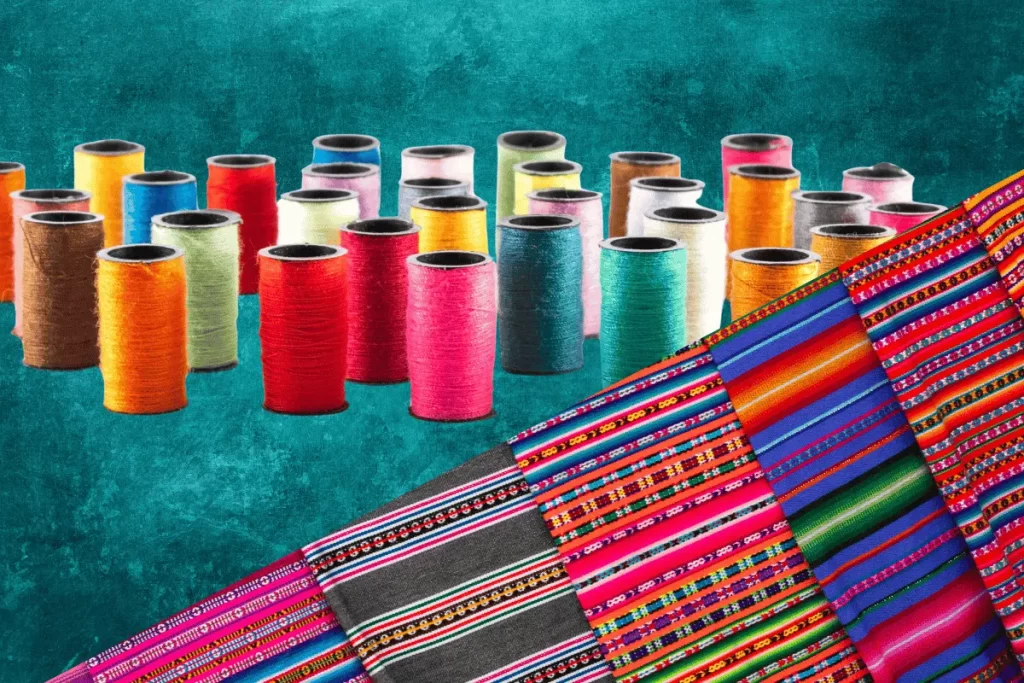Weaving Global Connections: The Textile Export Procurement Process in India
India’s textile and apparel industry is a powerhouse, a vibrant tapestry woven with tradition, innovation, and a significant contribution to the nation’s economy. As the world’s sixth-largest exporter of Textiles & Apparel, India’s textile export procurement process is a complex yet rewarding journey. For businesses aiming to tap into the global fashion market or engage in large-scale apparel sourcing India, understanding this intricate process, coupled with market trends and vital SEO keywords, is crucial.
The procurement process for India textile export is highly diversified, ranging from sourcing raw materials like cotton, silk, and man-made fibers, to acquiring finished readymade garments and specialized fabrics. Key textile hubs like Tiruppur (knitted garments), Surat (man-made fabrics), Ludhiana (woolen knitwear), and Panipat (home textiles) serve as major sourcing points. Exporters typically work directly with manufacturers, integrated mills, or specialized fabric and trim suppliers, often focusing on bulk textile orders and custom designs for international buyers. A growing trend is the demand for sustainable textiles and eco-friendly fabrics, pushing procurement towards certified organic cotton, recycled polyester, and other environmentally conscious materials.
The regulatory framework for garment export and other textile products is comprehensive. Similar to other exports, the Import Export Code (IEC) is mandatory. Crucially, membership with relevant Export Promotion Councils (EPCs) like the Apparel Export Promotion Council (AEPC), Cotton Textile Export Promotion Council (TEXPROCIL), or Synthetic & Rayon Textiles Export Promotion Council (SRTEPC) is required. These export promotion councils offer invaluable support, market intelligence, and facilitate participation in international trade fairs. Exporters must also be compliant with various international standards, including OEKO-TEX, GOTS (Global Organic Textile Standard), and buyer-specific quality and social compliance audits – a critical aspect for ethical fashion sourcing.
Current market trends significantly shape procurement. The demand for cotton textile export remains strong, especially for casual wear and home furnishings. However, there’s a growing shift towards man-made fibers and technical textiles, driven by performance needs and cost-effectiveness. The rise of fast fashion and e-commerce also impacts the speed and flexibility required in the textile supply chain. Furthermore, the increasing focus on transparency and ethical labor practices by global brands directly influences the selection of textile manufacturing India partners.
Documentation is a vital component of the textile export procedure. This includes the commercial invoice, packing list, Bill of Lading/Airway Bill, Certificate of Origin, and often a pre-shipment inspection certificate from third-party agencies. Customs registration via ICEGATE is essential for digital filing and smooth clearance. Engaging with experienced customs brokers and freight forwarders specializing in textile logistics is highly recommended to manage complex shipping requirements and ensure timely delivery.
Challenges in the India textile export sector include intense global competition, fluctuating raw material prices, and the need for continuous technological upgradation. Geopolitical events, such as the Red Sea crisis, can also significantly impact logistics and shipping costs. However, the Indian government’s textile government policies, including schemes like the Production Linked Incentive (PLI) and the establishment of Mega Integrated Textile Region and Apparel Parks (MITRAs), aim to boost manufacturing competitiveness, attract investment, and streamline the textile supply chain. These initiatives are designed to make Indian garments and textiles more attractive on the global stage.

